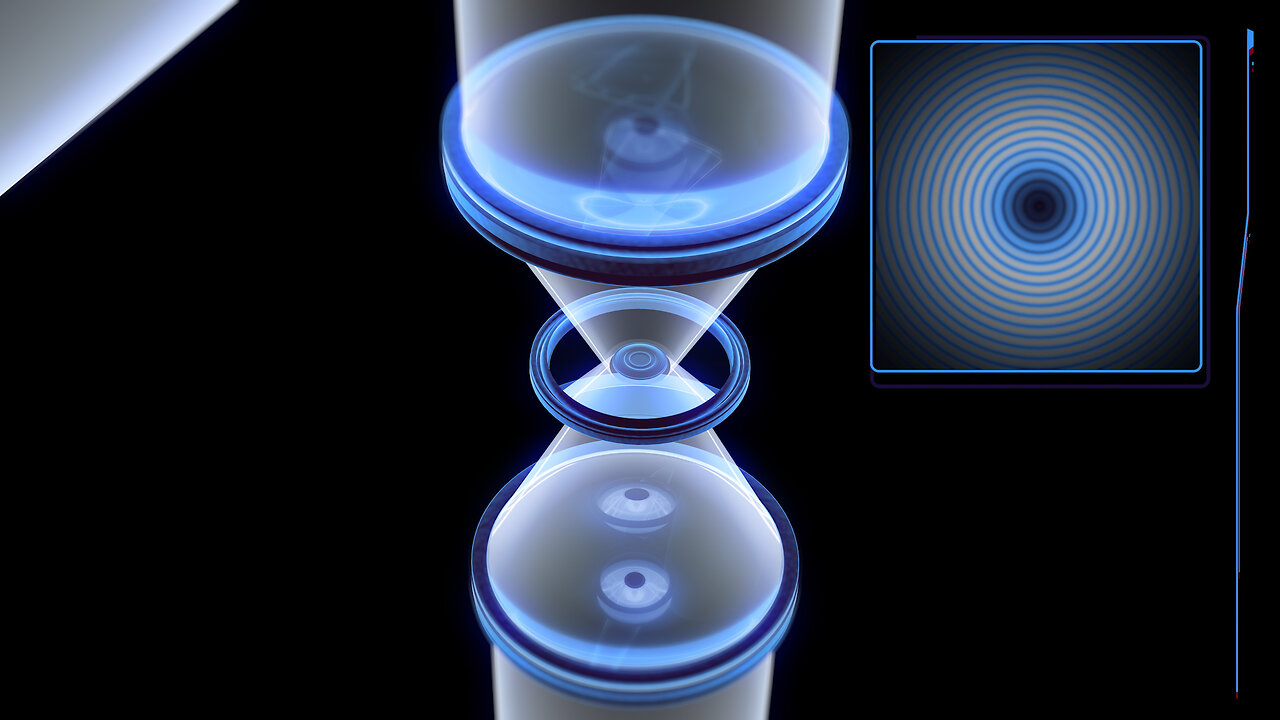Premium Only Content

The Nancy Grace Roman Space Telescope's Coronagraph Instrument
When a new NASA space telescope opens its eyes in the mid 2020s, it will peer at the universe through some of the most sophisticated sunglasses ever designed.
This multi-layered technology, the coronagraph instrument, might more rightly be called “starglasses”: a system of masks, prisms, detectors and even self-flexing mirrors built to block out the glare from distant stars — and reveal the planets in orbit around them.
Normally, that glare is overwhelming, blotting out any chance of seeing orbiting planets. The star’s photons — particles of light — swamp those from the planet when they hit the telescope.
The Nancy Grace Roman Space Telescope’s coronagraph just completed a major milestone: a preliminary design review by NASA. The instrument has met all design, schedule and budget requirements, and can now proceed to the next phase, building hardware for flight.
The Roman mission’s coronagraph is meant to demonstrate the power of increasingly advanced technology. As it captures light directly from large, gaseous exoplanets, and from disks of dust and gas surrounding other stars, it will point the way to the future: single pixel “images” of rocky planets the size of Earth. Then the light can be spread into a rainbow spectrum, revealing which gases are present in the planet’s atmosphere — perhaps oxygen, methane, carbon dioxide, and maybe even signs of life.
The two flexible mirrors inside the coronagraph are key components. As light that has traveled tens of light-years from an exoplanet enters the telescope, thousands of actuators move like pistons, changing the shape of the mirrors in real time. The flexing of these “deformable mirrors” compensates for tiny flaws and changes in the telescope’s optics.
Changes on the mirrors’ surfaces are so precise they can compensate for errors smaller than the width of a strand of DNA.
These mirrors, in tandem with high-tech “masks,” another major advance, squelch the star’s diffraction as well – the bending of light waves around the edges of light-blocking elements inside the coronagraph.
The result: blinding starlight is sharply dimmed, and faintly glowing, previously hidden planets appear.
The star-dimming technology also could bring the clearest-ever images of distant star systems’ formative years — when they are still swaddled in disks of dust and gas as infant planets take shape inside.
The instrument’s deformable mirrors and other advanced technology — known as “active wavefront control” — should mean a leap of 100 to 1,000 times the capability of previous coronagraphs.
-
 13:07
13:07
Sideserf Cake Studio
7 hours ago $0.40 earnedIS THIS THE MOST REALISTIC SUSHI CAKE EVER MADE?
5.44K -
 21:08
21:08
Clownfish TV
22 hours agoElon Musk Tells WotC to BURN IN HELL for Erasing Gary Gygax from DnD!
6K6 -
 48:22
48:22
PMG
3 hours ago $0.91 earned"IRS Whistleblowers Speak Out on Biden Family with Mel K In-Studio"
4.91K3 -
 2:59
2:59
BIG NEM
5 hours agoLost in the Wrong Hood: Who Do I Check In With?
3.41K1 -
 1:29:32
1:29:32
I_Came_With_Fire_Podcast
15 hours ago"UFOs, Nukes, & Secrecy: Bob Salas on the 1967 Malmstrom Incident, UAPs, & Disclosure"
120K23 -
 1:57:05
1:57:05
The Quartering
9 hours agoElon Musk To BUY MSNBC & Give Joe Rogan A Spot, MrBeast Responds Finally To Allegations & Much More
111K91 -
 3:01:18
3:01:18
EXPBLESS
10 hours agoFirst Time Playing Extraction Shooters | *LIVE* Arena BreakOut | #RumbleTakeOver
92.2K7 -
 1:26:18
1:26:18
LumpyPotatoX2
9 hours agoArena Breakout: Infinite - #RumbleGaming
69K1 -
 2:19:57
2:19:57
GamingWithHemp
10 hours agoCall of Duty BO6 Zombies episode #7
67.2K3 -
 39:47
39:47
Brewzle
1 day agoPennsylvania Wouldn’t Let Me Film…So I Went Bourbon Hunting in NY
108K13